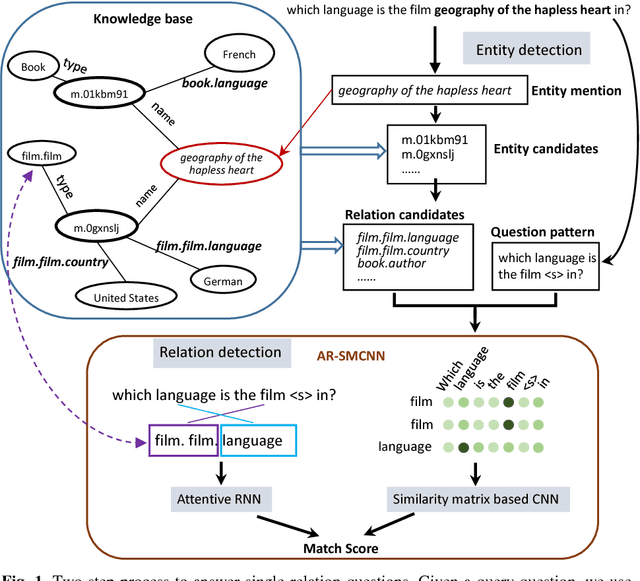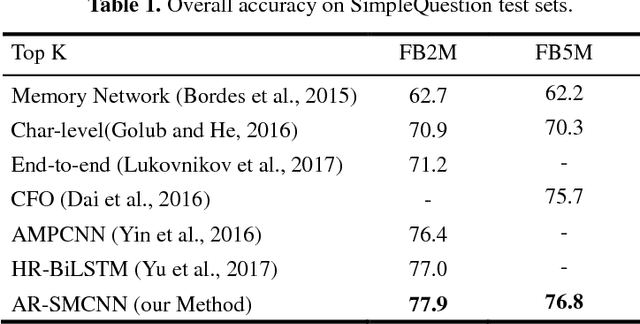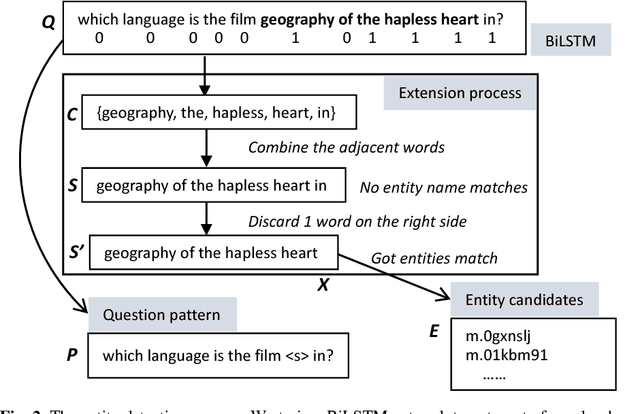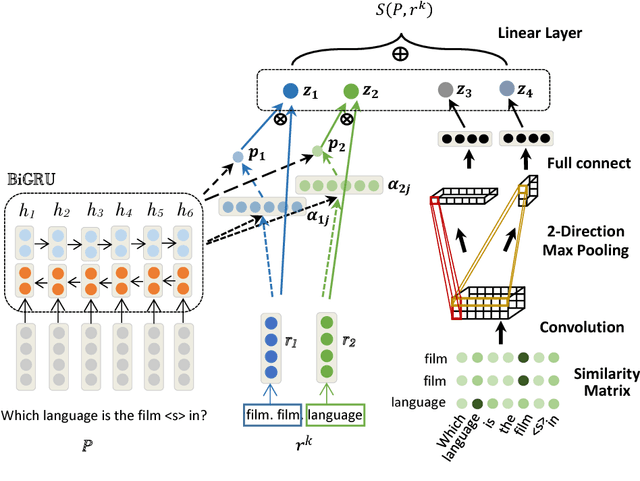Dan Ye
Creating Auxiliary Representations from Charge Definitions for Criminal Charge Prediction
Nov 12, 2019



Abstract:Charge prediction, determining charges for criminal cases by analyzing the textual fact descriptions, is a promising technology in legal assistant systems. In practice, the fact descriptions could exhibit a significant intra-class variation due to factors like non-normative use of language, which makes the prediction task very challenging, especially for charge classes with too few samples to cover the expression variation. In this work, we explore to use the charge definitions from criminal law to alleviate this issue. The key idea is that the expressions in a fact description should have corresponding formal terms in charge definitions, and those terms are shared across classes and could account for the diversity in the fact descriptions. Thus, we propose to create auxiliary fact representations from charge definitions to augment fact descriptions representation. The generated auxiliary representations are created through the interaction of fact description with the relevant charge definitions and terms in those definitions by integrated sentence- and word-level attention scheme. Experimental results on two datasets show that our model achieves significant improvement than baselines, especially for classes with few samples.
Question Answering over Freebase via Attentive RNN with Similarity Matrix based CNN
May 27, 2018



Abstract:With the rapid growth of knowledge bases (KBs), question answering over knowledge base, a.k.a. KBQA has drawn huge attention in recent years. Most of the existing KBQA methods follow so called encoder-compare framework. They map the question and the KB facts to a common embedding space, in which the similarity between the question vector and the fact vectors can be conveniently computed. This, however, inevitably loses original words interaction information. To preserve more original information, we propose an attentive recurrent neural network with similarity matrix based convolutional neural network (AR-SMCNN) model, which is able to capture comprehensive hierarchical information utilizing the advantages of both RNN and CNN. We use RNN to capture semantic-level correlation by its sequential modeling nature, and use an attention mechanism to keep track of the entities and relations simultaneously. Meanwhile, we use a similarity matrix based CNN with two-directions pooling to extract literal-level words interaction matching utilizing CNNs strength of modeling spatial correlation among data. Moreover, we have developed a new heuristic extension method for entity detection, which significantly decreases the effect of noise. Our method has outperformed the state-of-the-arts on SimpleQuestion benchmark in both accuracy and efficiency.
 Add to Chrome
Add to Chrome Add to Firefox
Add to Firefox Add to Edge
Add to Edge